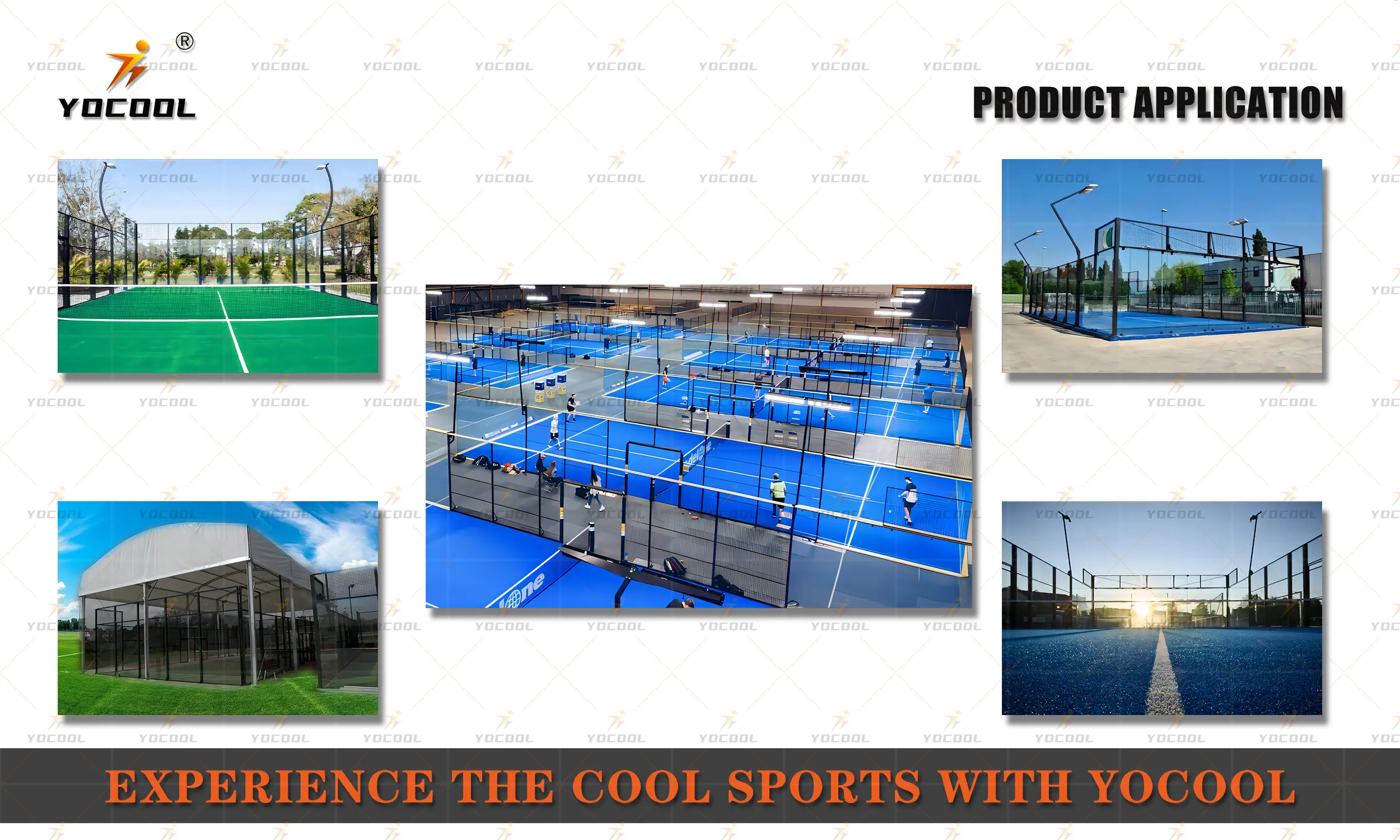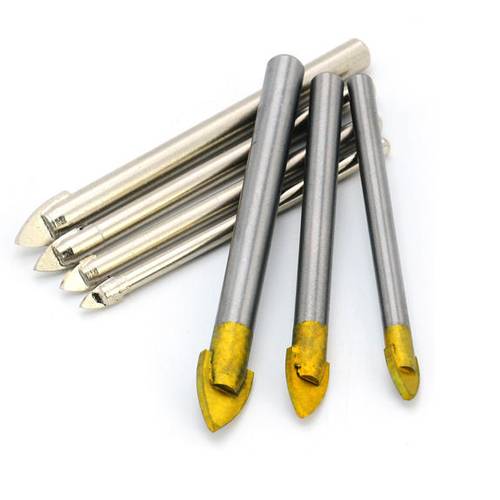Paddle tennis, rapidly gaining popularity as a dynamic and social sport, requires specific court conditions to enhance player experience and ensure safety. A seamless blend of smaller dimensions, specialized surfaces, and strategic lighting makes paddle tennis courts a unique challenge in sporting architecture and engineering.

The quintessential paddle tennis court is a marvel of precision engineering, designed to accommodate fast-paced play without sacrificing player safety. Constructed typically with a size of 20 meters by 10 meters, the court's compactness demands immediate agility and encourages strategic thinking. As a smaller relative to the traditional tennis court, paddle tennis courts require careful planning in urban areas, maximizing limited space while providing ample room for player movement and spectator comfort.
Underfoot, the grip and durability of the playing surface are paramount. The surface must counteract harsh weather conditions while offering the precise level of traction needed for the high-demand lateral movements of paddle tennis. Typically, courts use synthetic materials that blend silica sand to create an optimal, all-weather surface. These materials ensure minimal wear over time, translating into lower maintenance costs and consistent playing conditions. Therefore, choosing the appropriate surface is critical for facility managers and players alike, who prioritize performance and safety.

The perimeter of a paddle tennis court is enclosed, traditionally with walls or fencing, which introduces an additional layer of complexity. These enclosures not only keep the ball in play but also become strategic elements during gameplay. High-quality tempered glass or mesh wire is often implemented to withstand impacts and provide clear lines of sight, facilitating audience engagement and interaction. The transparency of these materials ensures that spectators do not miss any action, thus enhancing the sport's viewing appeal.
paddle tennis court
Illumination is another critical aspect of paddle tennis court design. Ensuring consistent and anti-glare lighting can transform the night-time play experience. LED lighting solutions, known for their longevity and energy efficiency, have become the standard. By offering uniform light distribution, players can maintain high performance without the visual obstructions caused by shadows or uneven lighting, an essential factor during pivotal competitive moments.
Furthermore, the environmental considerations in court design cannot be overlooked. Sustainable materials, water-efficient surface options, and energy-saving lighting systems contribute to the broader ecological responsibilities of modern sports facilities. Investing in eco-friendly alternatives not only reduces the carbon footprint but also can attract environmentally-conscious consumers seeking facilities that align with their values.
Investors and facility owners must also consider accessibility. Ensuring that courts are designed with features supporting players of all abilities improves the inclusivity and reach of paddle tennis as a sport. Implementing ramps, adjustable lighting, and designated viewing areas for differently-abled spectators can elevate the standard of any sports venue.
Ultimately, the development of a paddle tennis court revolves around balancing innovation with tradition. It should provide an optimal play environment while preserving the sport’s original charm that continues to attract enthusiasts worldwide. The right mix of technology, design, and eco-awareness not only enhances the player's performance and safety but also serves as the foundation for the sport's growing community, offering a venue where new strategies are devised, rivalries are born, and legends emerge.



